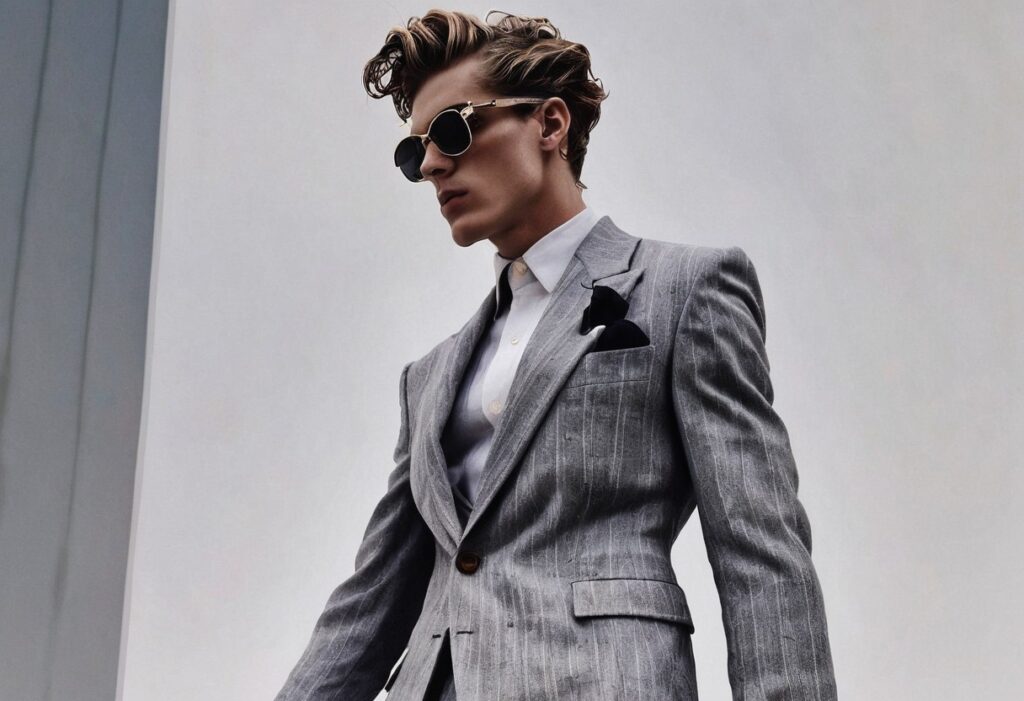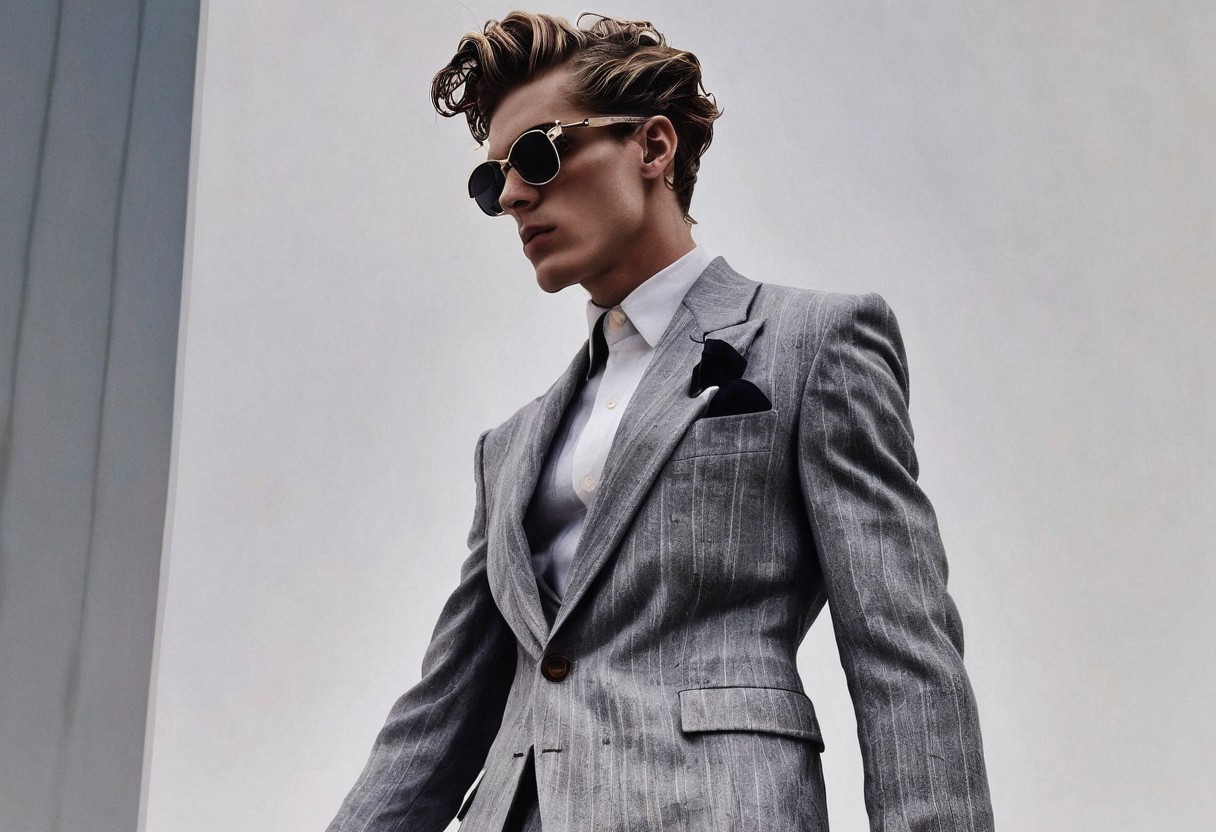
Embracing the Unusual: Exploring Unconventional Aesthetics in Modern Design
In a world saturated with trends and conventional beauty standards, the allure of unconventional aesthetics is stronger than ever. From fashion and art to architecture and digital interfaces, the desire to break free from the expected and embrace the unique is reshaping our visual landscape. This article delves into the rising popularity of unconventional aesthetics, examining its various manifestations, its underlying motivations, and its impact on contemporary culture. We’ll explore how designers and artists are challenging norms, pushing boundaries, and creating experiences that resonate with a growing audience seeking authenticity and individuality. The exploration of unconventional aesthetics offers a refreshing perspective on beauty and design.
What are Unconventional Aesthetics?
Unconventional aesthetics, at its core, represents a departure from established norms and traditional notions of beauty. It’s about finding appeal and value in elements that might typically be considered flawed, imperfect, or even ugly. This can manifest in various ways, including:
- Embracing Imperfection: Wabi-sabi, a Japanese philosophy, celebrates the beauty of impermanence and imperfection. This translates into design that highlights natural textures, asymmetry, and the marks of time.
- Juxtaposing Contrasting Elements: Combining seemingly incompatible styles, materials, or colors to create unexpected and visually stimulating combinations.
- Reclaiming the Mundane: Finding beauty in the ordinary and everyday objects, elevating them to the level of art or design.
- Challenging Gender Norms: Exploring androgynous or non-binary aesthetics that defy traditional gender stereotypes.
- Celebrating the Grotesque: Delving into darker or more challenging themes that explore the boundaries of what is considered beautiful or acceptable.
The Rise of Unconventional Aesthetics: Why Now?
Several factors contribute to the increasing popularity of unconventional aesthetics:
Rejection of Mass-Produced Conformity
In an age of mass production and homogenized design, many people are seeking out unique and individual expressions. Unconventional aesthetics offer a way to stand out from the crowd and express personal identity.
The Influence of Social Media and Online Communities
Social media platforms provide a space for niche communities to connect and share their appreciation for unconventional aesthetics. Online forums and image-sharing sites allow individuals to discover new trends and connect with like-minded individuals, fostering a sense of belonging and validation.
A Growing Appreciation for Authenticity
Consumers are increasingly drawn to brands and creators that prioritize authenticity and transparency. Unconventional aesthetics often reflect a genuine and unpretentious approach to design, which resonates with audiences seeking more than just superficial beauty.
A Shift in Cultural Values
Societal attitudes towards beauty are evolving. There’s a growing recognition that beauty is subjective and that diverse forms of expression should be celebrated. This shift in cultural values has paved the way for the acceptance and appreciation of unconventional aesthetics.
Examples of Unconventional Aesthetics in Practice
Unconventional aesthetics are evident in a wide range of fields:
Fashion
Designers are experimenting with deconstructed garments, asymmetrical silhouettes, and unconventional materials. The rise of streetwear and avant-garde fashion reflects a rejection of traditional notions of elegance and sophistication. [See also: Sustainable Fashion Trends]
Art
Contemporary art often challenges conventional notions of beauty and representation. Artists are exploring themes of decay, imperfection, and the grotesque, pushing the boundaries of what is considered acceptable or aesthetically pleasing. Think of the raw, unfiltered portraits capturing emotional vulnerability, or sculptures constructed from discarded materials, breathing new life into what was once deemed worthless. These artistic expressions challenge us to re-evaluate our perceptions of beauty and find value in the unexpected.
Architecture
Architects are incorporating unconventional materials, forms, and textures into their designs. Brutalist architecture, with its raw concrete surfaces and imposing scale, is a prime example of an aesthetic that challenges traditional notions of beauty. The integration of repurposed materials and organic forms into building designs also reflects a commitment to sustainability and a rejection of sterile, mass-produced environments. Consider the vibrant street art adorning buildings in urban landscapes, transforming mundane structures into dynamic canvases. This infusion of creativity breaks the monotony and adds character to the cityscape.
Digital Design
Web designers are embracing asymmetrical layouts, unconventional typography, and bold color palettes. The rise of brutalist websites, with their minimalist design and lack of polish, reflects a rejection of overly polished and generic interfaces. Furthermore, the incorporation of glitch art and data visualization techniques adds an element of surprise and intrigue to digital experiences. These elements contribute to a visually engaging and thought-provoking online environment.
Interior Design
In the realm of interior design, unconventional aesthetics manifest in the eclectic mix of vintage and modern pieces, the use of reclaimed materials, and the embrace of imperfections. Think exposed brick walls, mismatched furniture, and the incorporation of natural elements like raw wood and stone. This approach creates spaces that are both visually interesting and deeply personal, reflecting the unique character of the inhabitants. The focus shifts from achieving a perfectly curated look to creating a comfortable and authentic environment that tells a story.
The Impact of Unconventional Aesthetics
The embrace of unconventional aesthetics has several significant impacts:
Promoting Individuality and Self-Expression
By challenging norms and celebrating uniqueness, unconventional aesthetics empower individuals to express themselves authentically and confidently. It encourages people to embrace their own quirks and imperfections, fostering a sense of self-acceptance and individuality. [See also: The Psychology of Color in Design]
Challenging Traditional Beauty Standards
Unconventional aesthetics disrupt traditional notions of beauty and challenge the dominance of unrealistic and often unattainable ideals. This can lead to a more inclusive and diverse representation of beauty in media and culture.
Driving Innovation and Creativity
By encouraging experimentation and risk-taking, unconventional aesthetics fuel innovation and creativity in design and art. It pushes designers and artists to think outside the box and explore new possibilities.
Fostering a Deeper Appreciation for Imperfection
By celebrating flaws and imperfections, unconventional aesthetics encourage a more nuanced and compassionate perspective on the world. It reminds us that beauty can be found in the unexpected and that perfection is not always desirable.
The Future of Unconventional Aesthetics
As society becomes increasingly diverse and interconnected, the appeal of unconventional aesthetics is likely to grow even stronger. We can expect to see further experimentation with unconventional materials, forms, and concepts in all areas of design and art. The rise of virtual reality and augmented reality will also create new opportunities for exploring unconventional aesthetics in immersive and interactive environments. The key will be to ensure that these aesthetics are not simply trends, but rather reflect a genuine commitment to authenticity, inclusivity, and sustainability. By embracing the unusual and celebrating the unique, we can create a more vibrant and meaningful visual landscape for future generations. The exploration of unconventional aesthetics opens doors to new forms of expression and creativity.
In conclusion, unconventional aesthetics represents a powerful force for change in the world of design and art. By challenging norms, celebrating individuality, and fostering a deeper appreciation for imperfection, it is shaping a more inclusive, diverse, and authentic visual culture. As we move forward, it is important to continue to embrace the unusual and explore the endless possibilities of unconventional aesthetics. The embracing of unconventional aesthetics promotes creativity and unique expression.

